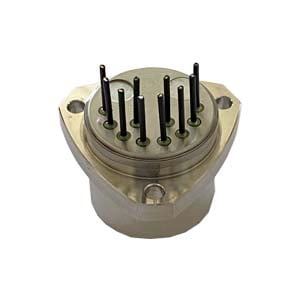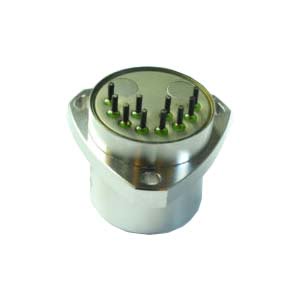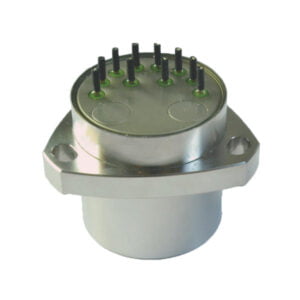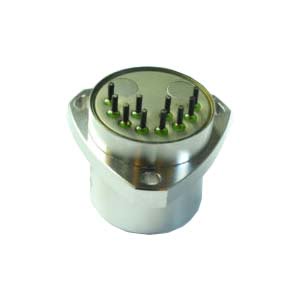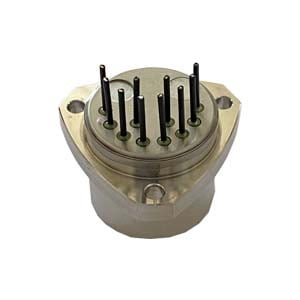As one of the products of inertial sensor, quartz accelerometers are the basic measurement element of inertial navigation and inertial guidance system, and their speed and position are obtained by integrating the acceleration. They work on the basis of Newton's second law, which state that the resultant force on an object is equal to its mass times its acceleration. Therefore, the performance and accuracy of the accelerometer directly affect the accuracy of the navigation and guidance system, and we will briefly understand its advantages and disadvantages.
The advantages of quartz accelerometers
High precision and sensitive
The quartz accelerometer uses digital signal processing technology, the reaction speed is very fast, and it can respond to acceleration changes in an instant. At the same time, it has the characteristics of high precision and high sensitivity. It can accurately measure the acceleration change of the object during the movement and output it as a digital signal. This feature of high precision and high sensitivity. For example, the zero-bias stability of ER-QA-03A is 10-50μg, the scale factor is 15-50 PPM, and the second-order nonlinearity is 10-30μg/g2, which provides accurate data support in the industrial field to help engineers perform accurate motion control and analysis.
Small size and light weight
In the case of limited carrier space design size, this allows small quartz accelerometers to be conveniently installed in a variety of equipment and structures without placing too much burden on them. The small size and light weight also mean that acceleration sensors can operate in limited Spaces and have high reliability. The ER-QA-03F is a small accelerometer with a diameter of Φ18.2mm, a scale factor of 150-220 PPM, and a second-order nonlinearity of 40-50μg/g2. Compared with products with the same parameters, this accelerometer is a good choice for equipment that can meet the requirements of relevant parameters and meet the strict requirements of space.
Strong ability to adapt to temperature
Quartz accelerometers have a wide operating temperature range. Whether it is in an extremely cold environment or in a high temperature environment, it can work normally. This makes its application in extreme conditions possible. Such as aerospace, deep sea exploration and oil and gas drilling fields. ER-QA-03D can operate normally at a working temperature of -55~180 ° C, and its volume of 25×21mm, impact resistance 500-1000g 0.5ms. The acceleration sensor has the function of self-diagnosis and fault detection. With internal algorithms and automatic calibration, the accelerometer detects and corrects its own faults, ensuring data accuracy and reliability. This self-diagnosis and fault detection capability helps reduce maintenance costs and increase productivity.

The Disadvantages of quartz accelerometers
Temperature effect
In the long-term high temperature environment, the working accuracy of the quartz accelerometer will be affected by the temperature, because the crystal lattice structure changes will lead to changes in the resonant frequency, so the temperature needs to be compensated or used in the appropriate temperature range.
Complex structure
The structure of quartz vibration beam accelerometer is relatively complex, and the manufacturing process requires a high level of technology, so the cost is high.
High cost
The manufacturing and maintenance cost of inertial navigation and positioning system is high, requiring the use of precision instruments to manufacture and debug, and the maintenance cycle is short and the maintenance cost is high.
This paper introduces the advantages of quartz accelerometer such as high precision, high sensitivity, temperature influence, complex structure and high cost, but with the development of quartz accelerometer technology, these disadvantages can be further optimized.
More Technical Questions
1.Quartz Accelerometer VS MEMS Accelerometer
2.What can you do with an Accelerometer?
3.What is the Purpose of the Accelerometer Senor?
4.What is Sensitivity and Measurement Range in Quartz Accelerometer?
5.What Effect Does Temperature Have on Quartz Flexible Accelerometer?
6.How do parameters affect the performance of the quartz accelerometer?
Products in Article

